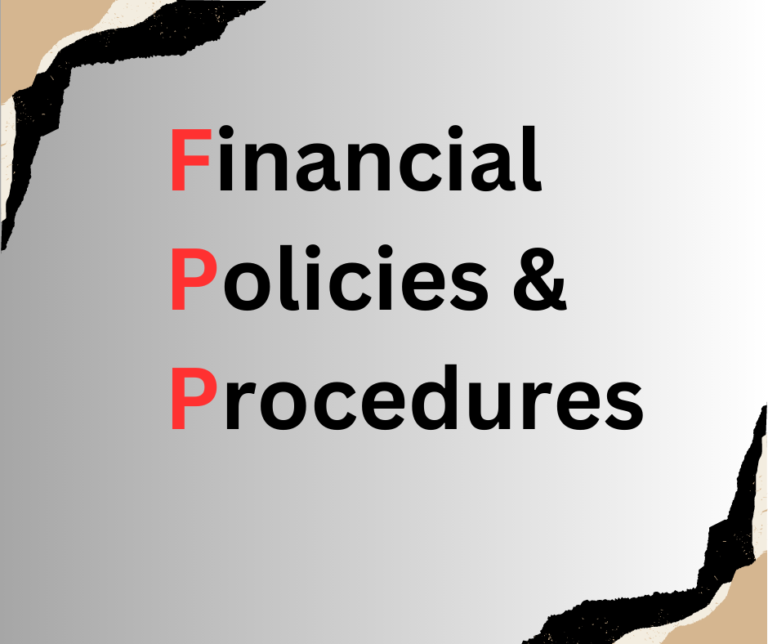How Successful Nonprofit Leaders Know They’ll Never Be Short On Funding?
The past few years have been like no other, especially the year 2020. We experienced a global pandemic, stock market ups and downs, losing jobs, you name it. And nonprofits have especially been hit in several ways.
For over a decade, I’ve been helping nonprofits with their financial management, cash flow & increasing their funding, and I know that due to the pandemic, nonprofits are doing more work to meet the needs of their communities & carry out their missions & visions.
Unfortunately, they have to do so with less funding because many funders, like many of us, are still recuperating from the aftermath of the pandemic & recession & economic ups & downs.
And because of this, many organizations have been forced to lay off employees, have lost volunteers, have had to minimize or even eliminate some of their programs or shut down the organization altogether, unfortunately.
Furthermore, some of their funders may have decided to give a different donation amount, and by different, I mean a lower amount than in previous years, or give nothing at all.
So, all of these factors that nonprofit leaders now have to think about & deal with…is a lot.
The good news is that there are ways to help your organization prioritize time and determine what will deliver the most immediate positive impact on your funding – your revenue & even create a cash reserve that you can have & put aside for when these unforeseen situations happen.
So, let’s get to it
Here are the TOP three critical mistakes I see non-profit owners making…
My team and I watched so many organization leaders scramble to get their books together last minute to be approved for a grant or seasonal funding programs like the COVID-19 Economic Stimulus Programs, etc., and just didn’t have everything together to be able to meet the grant deadlines.
If you even resonate with one of these, keep reading; I’m going to share how you can avoid all these things and maintain funding for your non-profit.
Here are just a few ideas that you should strongly consider to help stabilize the funding of your organization.
- CREATING DIVERSE REVENUE STREAMS – Consider how much of your revenue comes from each source.
For instance, a high percentage of nonprofit income comes from individuals (at least 70%) because individuals give one-time or recurring donations by buying tickets for an event, fundraising activities at the event, raffles, etc. So, target these funding streams more aggressively. - PLANNING – Creating an organizational budget is super important.
First, projecting the income, how much did you ask this particular funder or funders, how much are you projecting from individual donors, etc.. THEN, you can allocate how much is going to programs, how much is going to overhead, etc - KEEPING TRACK – Having a solid bookkeeping system.
You must make sure that, first, having an accounting software where you can enter your monthly transactions – creating a bookkeeping process, entering transactions, reconciling & having a strong month-end closing.
All these are great places to start to help increase & stabilize your organization’s income – whether you run a large or small organization, it is important to have systems & processes in place that can help structure your organization’s financial management.
If the last 2 years have taught us anything, it’s that we should always have an understanding of how our businesses and organizations are performing financially, where our money is, CASH is KING, and be prepared for ANYTHING.
My clients have the ability to make critical financial decisions based on REAL DATA, not gut feelings.
They KNOW without a doubt which programs are most attractive to funders and which ones they should consider either making changes to or cutting out completely.
They have learned to build their financial reserves to prepare them for any extraordinary or catastrophic events.
NPOs are not building their BIG RESERVES & RECURRING FUNDING based on gut feelings and guesses.
They are building their reserves & attracting funders by making decisions and planning based on REAL data and numbers.
Are your numbers telling you what steps to take next in your organization?





